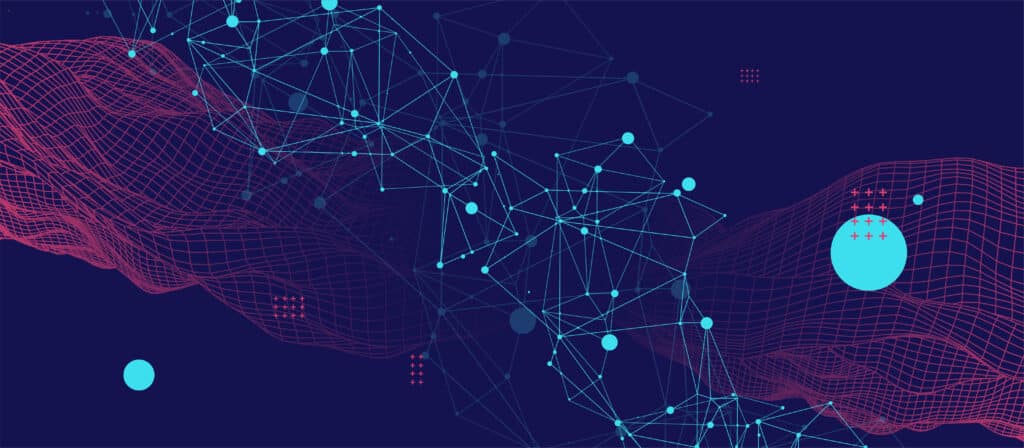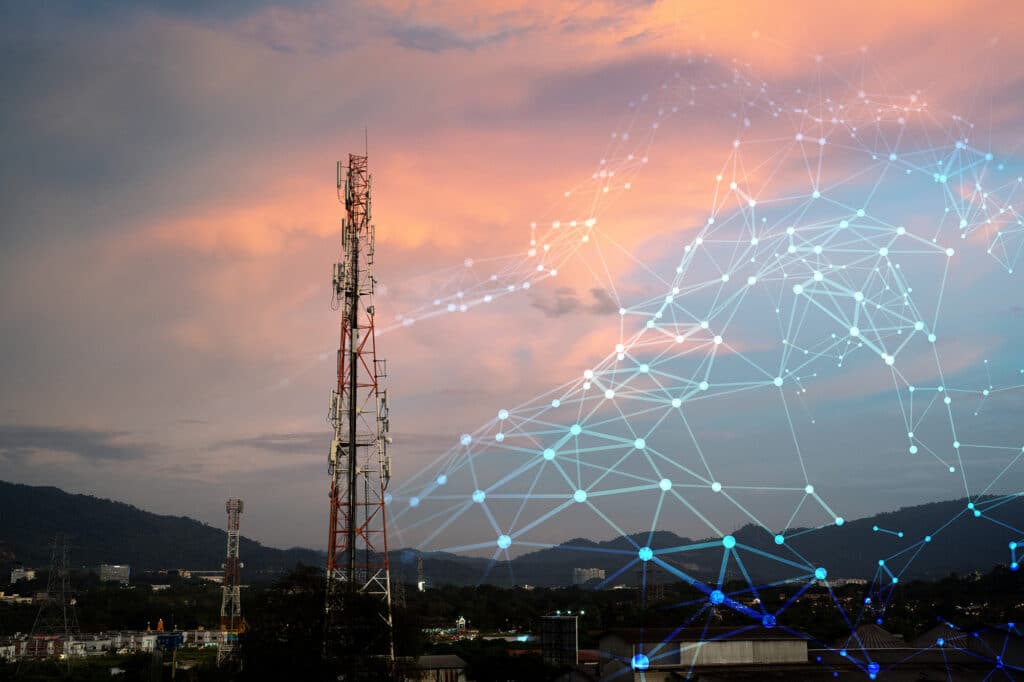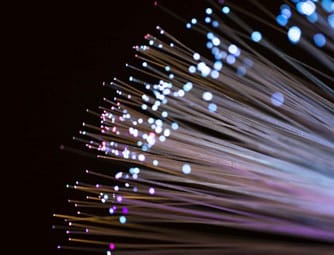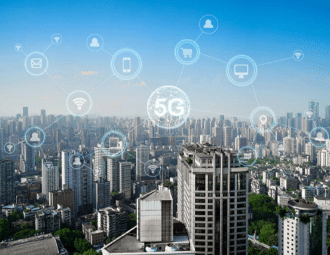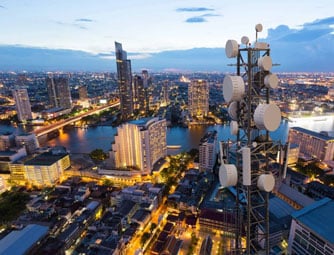Facts About 5G You May Not Know
November 24, 2020
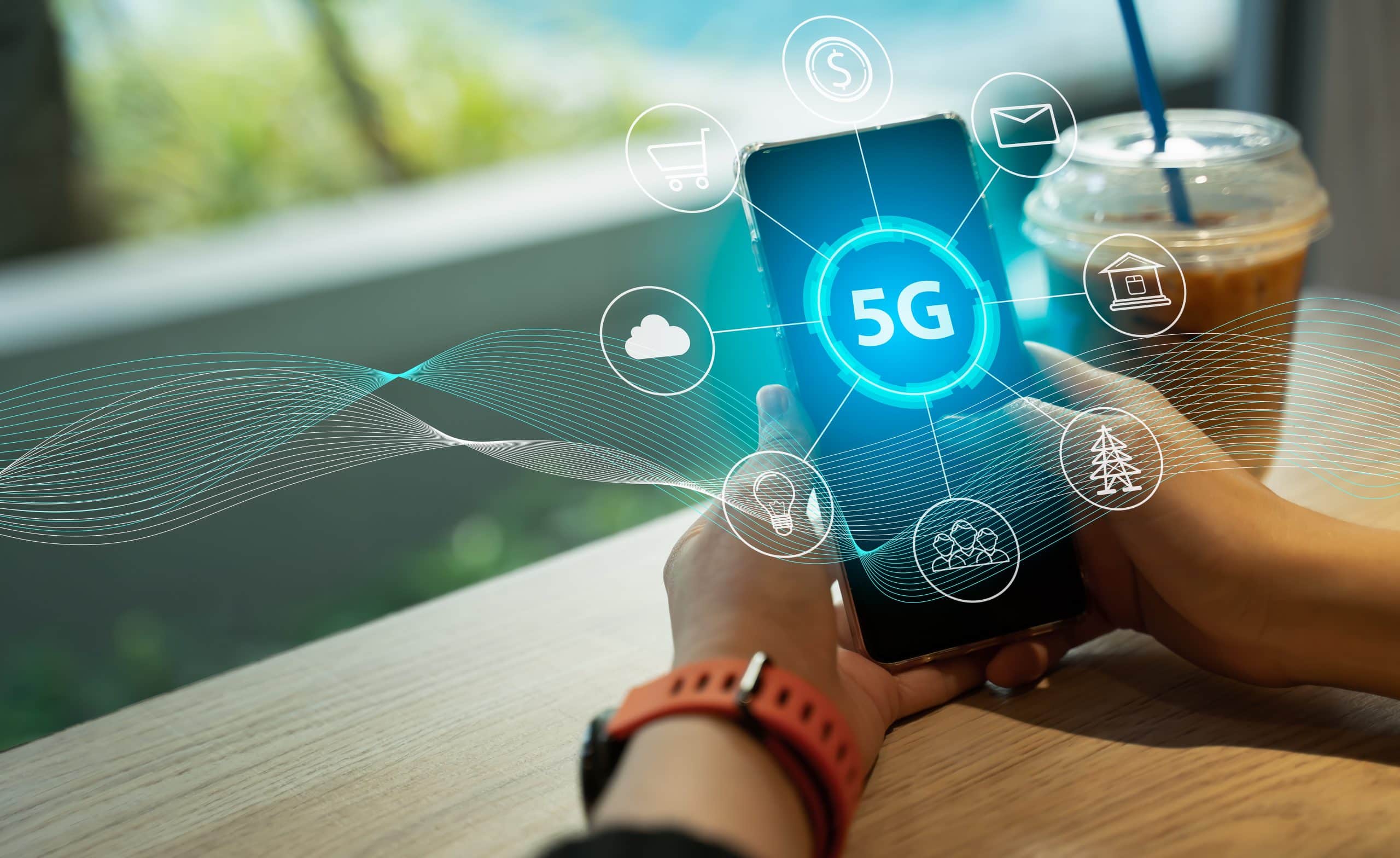
Most people barely pay attention to their phones’ connection to the cellular network. They leave the decision between LTE, 4G, and 3G mobile networks to their carriers.
Recently, however, as more people are getting curious about 5G technology – a mobile network that’s promising faster connections, higher data rates, and reduced latency. Think of being able to download a 2-hour movie in 4 seconds!
Along with that curiosity has come a torrent of myths and misinformation, which makes it hard to differentiate facts from fiction. To clear some of that up, here are some facts about 5G you may not know.
Fact#1: 5G is More Unified and More Capable Than Its Predecessors
Each generation of a mobile network was better than its predecessor. 1G brought about the analog voice, 2G the digital voice, 3G mobile data, and 4G mobile broadband.
And while 1G, 2G, 3G, and 4G led to it, 5G is promising to be a more unified and more capable air interface. It is designed with an extra capacity to deliver new services (think massive IoT and mission-critical communication), empower new implementation models, and enable better user experiences.
The negligible latency (a maximum of 1ms), high peak data rates of up to 20Gbps, and a more streamlined user experience will see 5G elevates the mobile broadband experience into new realms.
5G will connect objects, machines, and devices, which will impact all industries – enabling remote healthcare, digitized logistics, safer transportation, and more.
The unified and more capabilities aspects of 5G are enabled by varying air interface techniques, as discussed in the next point.
Fact#2: 5G is a Combination of Technologies
5G uses 5G NR air interface and OFDM principles. The latter modulates digital signals across different channels to minimize interference, a process that’s enhanced by the new air interface – to deliver more flexibility and scalability.
5G taps into sub-6 GHz and mmWave (24+ GHz) frequencies to provide extreme capacity in the mobile ecosystem in conjunction with high connection speed and low latency.
5G technology can group multiple frequency carriers to enable wider bandwidth. The process is enhanced by the Quadrature amplitude modulation (QAM), which changes the amplitudes of two data sets to form a single channel. The change doubles the bandwidth and, in turn, makes room for more data streams.
The advanced antenna technologies deployed in the 5G mobile network help focus a wireless/digital signal in a specific direction – a direction along an efficient route predetermined by the smart data-delivery systems.
MIMO (multiple inputs multiple output) technology supports the use of multiple antennas at a single base station. That, in turn, lowers latency to 1ms and increases coverage, capacity, and data rates for a better and happier user experience.
Fact#3: 5G Calls for a 5G-enabled Phone
To use the network, you’ll need a 5G-enabled smartphone, such as those powered by the Snapdragon X60 Modem-RF System or Snapdragon X55.
These smartphones, in conjunction with carrier subscriptions and 5G compatible devices, are expected to increase as 5G adoption progresses.
Fact#4: 5G Will Lead to Massive Employment Opportunities
With its extended capacity to deliver connected services such as massive IoT, mission-critical communications, and enhanced mobile broadband, 5G can support a wide range of industries.
In their landmark 5G Economy study, Qualcomm found that 5G technologies will potentially enable up to $13.2 trillion worth of products and services by 2035.
However, with this high level of connectivity between people and things security challenges spanning the devices, network slicing, APIs, cloud computing, virtualization, and open networks will increase. Therefore, 5G will raise the demand for cybersecurity professionals alongside artificial intelligence and machine learning experts – creating massive employment opportunities.
If you are interested in learning more about 5G opportunities, visit our website and check out our open positions.visit our website and check out our open positions.




